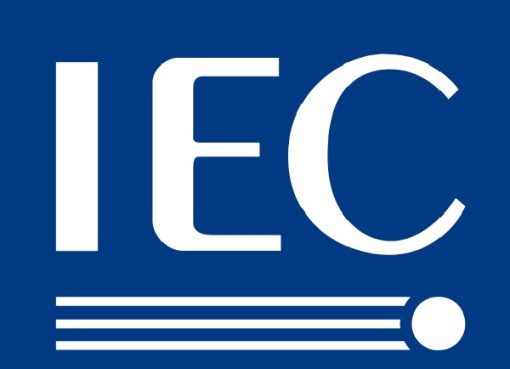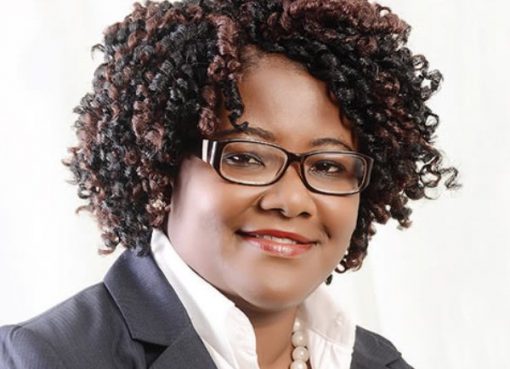Reaching ambitious targets on the path to net-zero emissions will mean re-evaluating our relationship with energy to make sure the grids of the future provide a reliable, renewable base for supply.
Electricity loads are anticipated to double by 2050 due to widespread electrification of homes and businesses, with the proliferation of electric vehicles and heat pumps serving as major catalysts. By 2050, the National Grid is expecting 300,000 new heat pumps to be installed annually, while 36 million EVs may be on the road by 2040. The conventional, one-directional energy model will be unable to meet the demand.
The road to decarbonisation begins with increasing the grid’s flexibility. This entails evolving to more effectively balance supply and demand and better account for load uncertainty. The adoption of distributed energy resources (DERs), renewable energy sources and energy-storage technologies will increase with the transition to a dynamic energy system, helping the UK government achieve its ambitious goals of decarbonising the country’s power system by 2035.
To reach this milestone, we need to re-evaluate our relationship with energy and make sure that the grids of the future provide a reliable, renewable base for supply. By 2030, utilities will need to increase their flexibility by a factor of two if the world is to adhere to its net-zero commitments. The adoption of DERs, flexibility services and distributed energy resource management systems (DERMS) will pave the way for an electric and digital future.
Increasing electrification, including the mass adoption of EVs and electric heat pumps, will require grid reinforcement and greater flexibility. The situation is becoming acute in the UK, with all new builds now requiring EV charging points as standard, a fast approaching gas boiler ban, and a rapid rise in the number of ‘prosumers’ (customers, buildings, and businesses producing their own energy). This drives a need for fresh thinking and innovative solutions.
As well as accommodating the rapid growth of energy-consuming devices, the grid must adapt to an increase in unpredictable renewables and DERs, making it increasingly complex to provide stable, reliable, optimal and secure power. Although these new resources can cause uncertainty and variability for DNOs when optimised, they allow them to balance supply and demand better, enhance the grid’s non-wire alternatives, and thus defer costly grid reinforcement.
For DNOs, it’s about freeing up capacity on the network to bring in DERs, changing to bi-directional power flows and ensuring that the grid can deal with drops and spikes in power. They need to ensure quality and continuity of service to end users, but this means disrupting traditional operating models and relinquishing some control. Integrating DERs across the network is a challenge rooted in visibility and control. It relies on modernising the grid with smart and connected tools, driving more effective analytics, monitoring, control and forecasting.
To facilitate the introduction of DERs, power grid operation must now have flexibility at its core. This means balancing the grid from transmission and distribution to prosumer engagement. Flexibility services now provide the missing link between utilities and consumers, aggregating resources in specific local areas and working out how to best take advantage of them.
With pilots by DNOs showing the potential of flexibility services and platforms, the challenge now is to deliver the same success at scale. For instance, Delta-EE’s BiTraDER project with Electricity North West is trialling a bilateral trading market that overlays market optimisation on top of the centralised control of assets connected to the network. Trials like this pave the way for DNOs and energy generators to trade among themselves, optimising their curtailment queues and enabling greater energy security.
This flexibility must also extend to demand. Residential demand-side flexibility means enabling consumers to become prosumers, not just adding extra network capacity. It’s about encouraging active participation in energy use and production, allowing consumers to store and sell energy back to the grid as and when required. Giving this bi-directional flexibility empowers customers, encouraging them to alter their energy behaviour and providing more flex for the grid to take energy back when needed.
The grid becomes more complex as it becomes more flexible. Grid management technologies such as ADMS and DERMS are becoming increasingly important in ensuring a resilient energy supply that is tailored to enable efficient planning, design and operation of a dynamic grid. DNOs can leverage DER flexibility at every level with these solutions, achieving seamless interconnection and more effective planning, and allowing for alternative grid-planning scenarios.
A higher level of automation is also possible by implementing improved grid management. The UK grid previously used decentralised communications and centralised software. DNOs can access and analyse massive amounts of data autonomously and in real time by adopting a more centralised, integrated approach to grid data. The embedded monitoring and control features in DERMS enable DNOs to scale up operations, enhance grid awareness, and determine the best locations to deploy new DERs.
Increasing grid power and resilience depends on DNOs taking a flexible-first stance to grid management. To ensure that the UK is prepared for mass electrification, action is needed, whether through DERMS, ADMS, or flexibility services. The grid is essential to achieving decarbonisation goals. It’s time for DNOs to advance flexibility and permanently lower energy-related emissions.
Source: E&T










